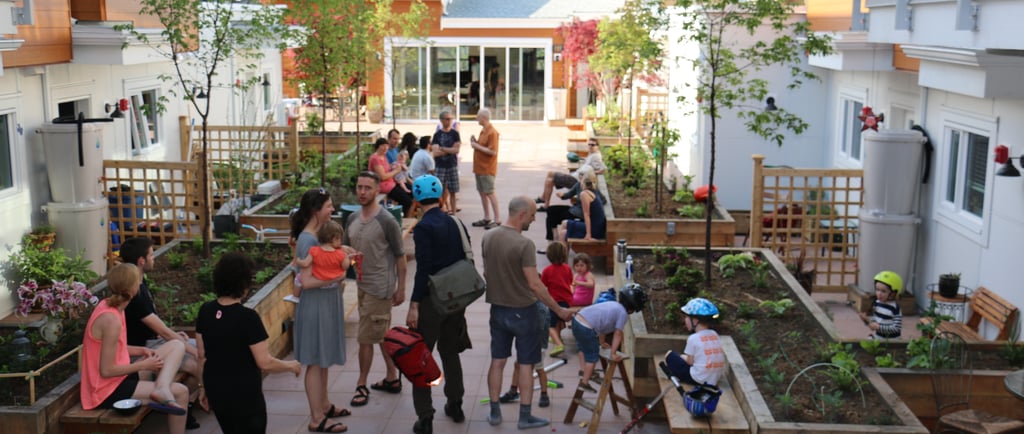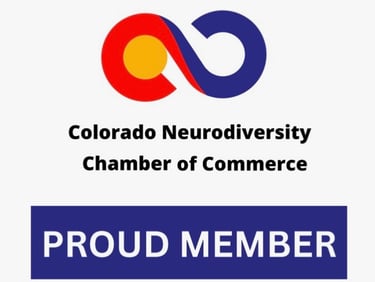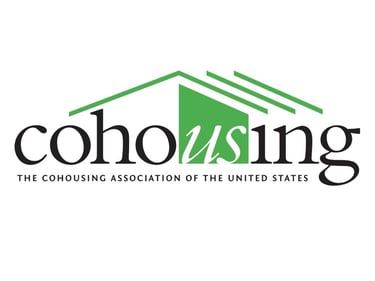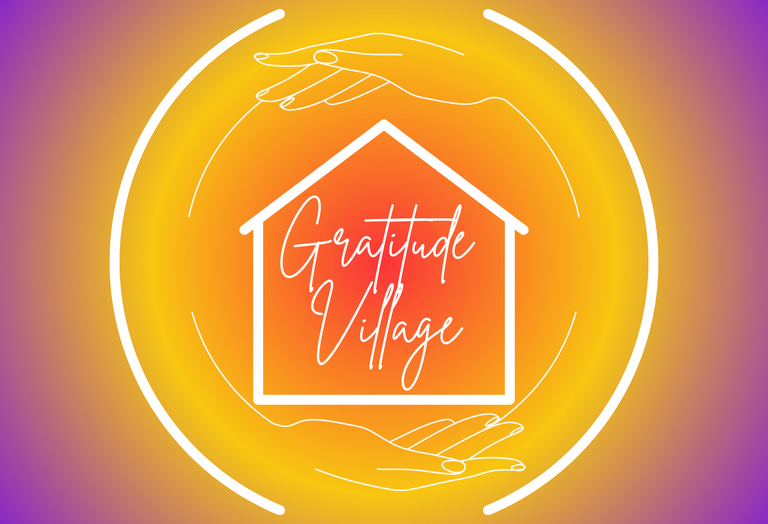Join our next Info Session December 16 from 5:00-6:00 MST Via Zoom (register for link)
How a Community Gets Built: The Development Journey of Gratitude Village
Building a cohousing community like Gratitude Village Colorado is a thoughtful, step-by-step journey that transforms vision into reality. The development process typically includes creating a shared vision, organizing a core group, securing land, designing the community layout, financing the project, navigating permitting, and finally breaking ground. Each step is both practical and deeply human—driven by future neighbors who choose to collaborate, invest, and build a life together. By understanding this process, prospective residents gain clarity on how cohousing works, what to expect, and how they can play an active role in shaping their future community.
Gratitude Village
10/29/20254 min read


People often ask us, “So… how does something like Gratitude Village actually get built?”
It’s a fair question. From the outside, cohousing can seem like it just appears — a cluster of beautiful homes, shared spaces, gardens, and gathering places, humming with life. But behind every vibrant cohousing neighborhood is a thoughtful, step-by-step development process, built by real people who decided to take a leap together.
The truth is: cohousing isn’t built overnight. It’s built through careful planning, clear vision, and a whole lot of neighborly teamwork.
According to architect, author and cohousing pioneer Charles Durrett in his book Cohousing Communities, it only requires two things: a vision and a clear set of steps.
Step 1: Visioning — Planting the Seed
Every cohousing community begins with a burning soul or a small group of people asking a big question: “What if we lived differently?” For us, Gratitude Village started as an idea — a dream of a place where people could live in connection with each other, with nature and with shared values of belonging, sustainability, accessibility, and affordability.
Visioning is about clarifying what the community stands for. It’s where future residents start imagining the culture they want to build, the physical spaces they’ll share and the values that will guide their decisions. This stage doesn’t require land or legal paperwork yet. It requires conversations — the kind that lay the groundwork for trust and alignment.
At Gratitude Village, our visioning process included long talks over coffee, shared meals and a lot of dreaming out loud. Those conversations became our guiding star.
Step 2: Organizing the Core Group
Once the seed of a vision takes root, it needs structure. A successful cohousing community depends on a committed core group of people who keep things moving forward. This is where roles start to take shape — some folks focus on outreach and membership, others on land acquisition or legal structure. The goal isn’t perfection; it’s about building a collaborative team with clear communication and shared purpose.
At this stage, groups often create a nonprofit or an LLC, set up bank accounts, draft bylaws, and begin forming their governance model. At Gratitude Village, we’ve chosen sociocracy as our guiding framework, because it values transparency, inclusion, and shared power. Organizing a core group can feel like building the plane while flying it — but it’s also where the foundation of community culture gets solidified.
Step 3: Securing Land — Finding a Place to Root
Vision is beautiful. But eventually, it needs dirt.
Land acquisition is often the biggest early milestone in the development process. Choosing the right property sets the stage for everything that follows — site design, financing, construction and ultimately how people will live day-to-day.
At Gratitude Village, our land priorities are clear:
Keep costs as affordable as possible so the community remains accessible to a wide range of people.
Stay west of I-25 to maintain proximity to nature and many of our members’ daily lives.
Be reasonably close to public transit, reducing our environmental impact and making life more practical for everyone.
Land acquisition involves working with realtors and land brokers, evaluating zoning, meeting with government officials, exploring financing options and sometimes — a lot of patience. But it’s also an exhilarating step. It’s the moment when the dream begins to feel tangible.
Step 4: Design & Development Planning
Once land is secured (or even while negotiations are underway), the design process begins. This is where future residents, architects, and development professionals collaborate to turn vision into physical space. In cohousing, the design process is highly participatory. It’s not just about how buildings look — it’s about how people will live together. Where will the common house be? How do paths encourage connection? How can we balance privacy with community?
This stage includes:
Site design and layout
Common House design and activities
Home type mix and size
Sustainability and accessibility goals
Budget modeling and financing strategy
For Gratitude Village, this is also where our commitment to Net Zero design and universal accessibility shines through. We’re planning spaces that work for people of all ages, abilities, and stages of life.
Step 5: Financing the Dream
Cohousing communities are typically financed through a combination of member investment, construction loans and sometimes grants, donations or partnerships. At this stage, members often contribute deposits to help fund predevelopment costs (like design work, legal fees, and permitting). Communities may work with lenders familiar with cohousing, community development financial institutions (CDFIs), or other mission-aligned partners.
This step can feel intimidating, but it’s also empowering. When members invest together, they’re not just funding a project — they’re co-creating their future neighborhood.
Step 6: Permitting, Approvals, and Groundbreaking
Once financing and design are aligned, the focus shifts to permitting and approvals — working with city or county officials to get the green light to build. Often these two steps happen simultaneously. The entitlement process can take time, and it often requires patience, persistence and relationship-building with local governments. Once approvals are in hand, the community can celebrate a huge milestone: breaking ground.
At this point, things move from paper to earth. Roads and utilities go in, foundations are poured, and buildings begin to rise. For many future residents, visiting the site during construction is when everything becomes real.
Step 7: Move-In and Community Life
When the homes are complete and families begin moving in, the development process officially transitions into community life. But this isn’t an endpoint — it’s the beginning of a new chapter. This is the chapter of sustaining the community. The years of visioning, planning, organizing, and building lay the groundwork for how people live together once they arrive. In thriving cohousing communities, this is when the true magic happens: shared meals, projects, celebrations, and the natural rhythms of daily neighborly life.
At Gratitude Village, our goal is not just to build housing — but to create a living, breathing village. One that welcomes people of all ages, abilities and backgrounds, and where belonging isn’t an afterthought — it’s the point.
Building Takes Time — and People
The development process can seem daunting at first glance. It involves visioning, organizing, securing land, designing, financing, permitting and finally building. But behind every step are people — future neighbors who care enough to build something extraordinary together.
Gratitude Village is not just a construction project. It’s a movement toward a more connected, sustainable way of living. Check out our membership options if you're curious and want to get involved!
COMMUNITY
Join us in embracing nature, diversity and connection.
Sustainability
DIVERSITY
info@gratitudevillageco.com
720-689-4821
© 2025. All rights reserved.
AFFORDABILITY
Gratitude Village Inc. is a 501(c)3 charitable corporation that values diversity, equity, and inclusion as essential to our mission
Subscribe to our Substack
Refund Policy




Gratitude Village is a Proud Member of these organizations
